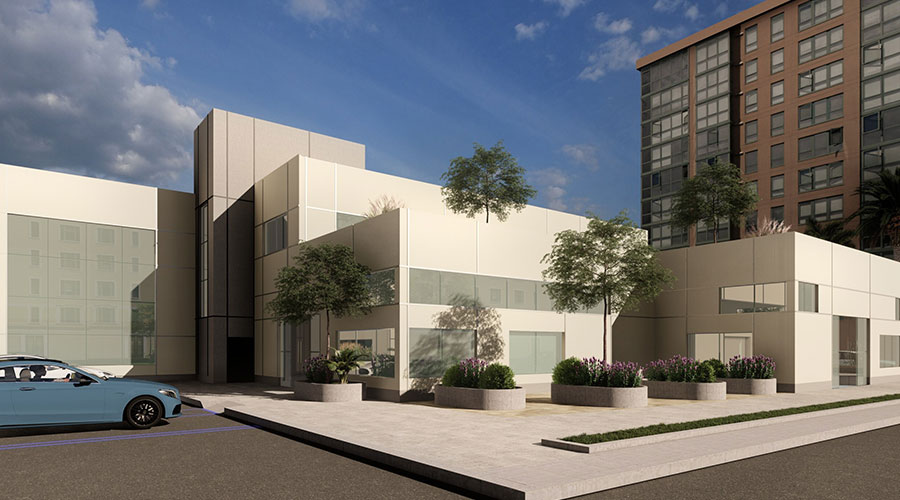Compass Health recently launched “It’s Time: The Campaign for Compass Health,” a $14 million capital campaign to fund a new facility designed to meet the intensive mental health needs of Northwest Washington’s most vulnerable populations.
The capital campaign has already raised over $10 million, more than 70 percent of the campaign’s goal.
The facility – the second of a three-phase campus redevelopment – will house evidence-based treatment programs and services for individuals with intensive mental health needs. For example, a 16-bed involuntary evaluation and treatment unit will allow providers to connect adults with behavioral health disorders to inpatient services in an acute setting with support available 24 hours a day.
For adults with behavioral health disorders who require a lower intensity of care that is focused on long-term, consistent contact and outreach, providers can enroll patients in the outpatient program and services available, helping these individuals avoid emergency department or inpatient stays.
To further alleviate demand for local resources, such as hospitals, law enforcement and community responders, the facility will house a 16-bed voluntary crisis triage center to offer short-term support for those experiencing a behavioral health crisis. The center will enable law enforcement drop-offs, allowing first responders to bring individuals in crisis directly to the center for immediate care. Treating mental health crises in the triage center is also more cost-effective and supports better outcomes than emergency department or inpatient hospital visits, which are not intended or equipped to address these needs.
Overall, the $64 million facility is projected to be complete in early 2025. Compass Health anticipates the facility will have the capacity to serve an estimated 1,500 individuals through more than 30,000 points of service each year. Importantly, individuals will be able to remain in the community during treatment, allowing for family visits, care coordination and smoother transition to other services when ready for less-intensive care.

 UF Health Hospitals Rely on Green Globes to Realize Their Full Potential
UF Health Hospitals Rely on Green Globes to Realize Their Full Potential How Healthcare Facilities Can Be Truly Disaster-Resilient
How Healthcare Facilities Can Be Truly Disaster-Resilient TriasMD Breaks Ground on DISC Surgery Center for San Fernando Valley
TriasMD Breaks Ground on DISC Surgery Center for San Fernando Valley Bigfork Valley Hospital Falls Victim to Data Breach
Bigfork Valley Hospital Falls Victim to Data Breach AI-Driven Facilities: Strategic Planning and Cost Management
AI-Driven Facilities: Strategic Planning and Cost Management